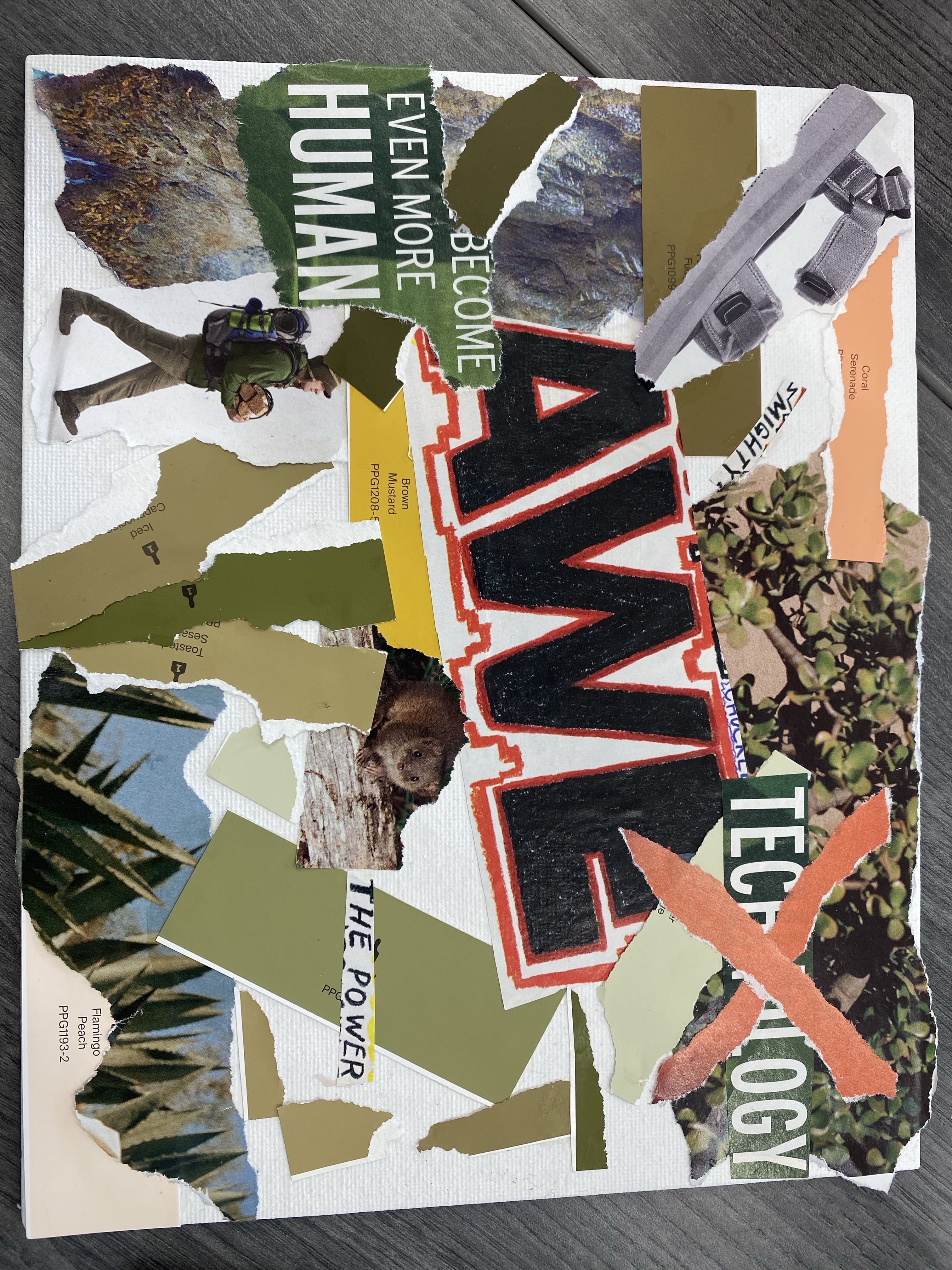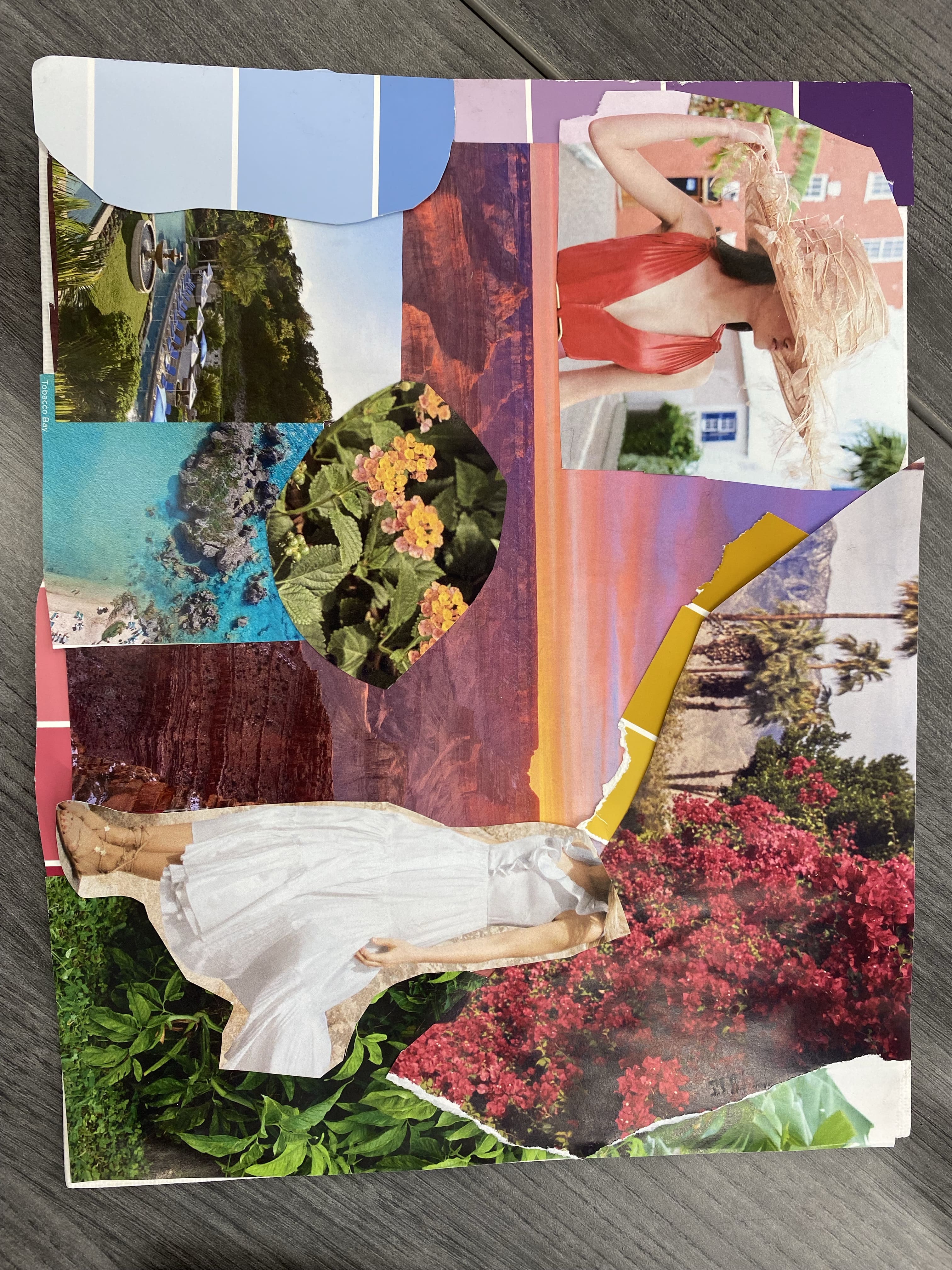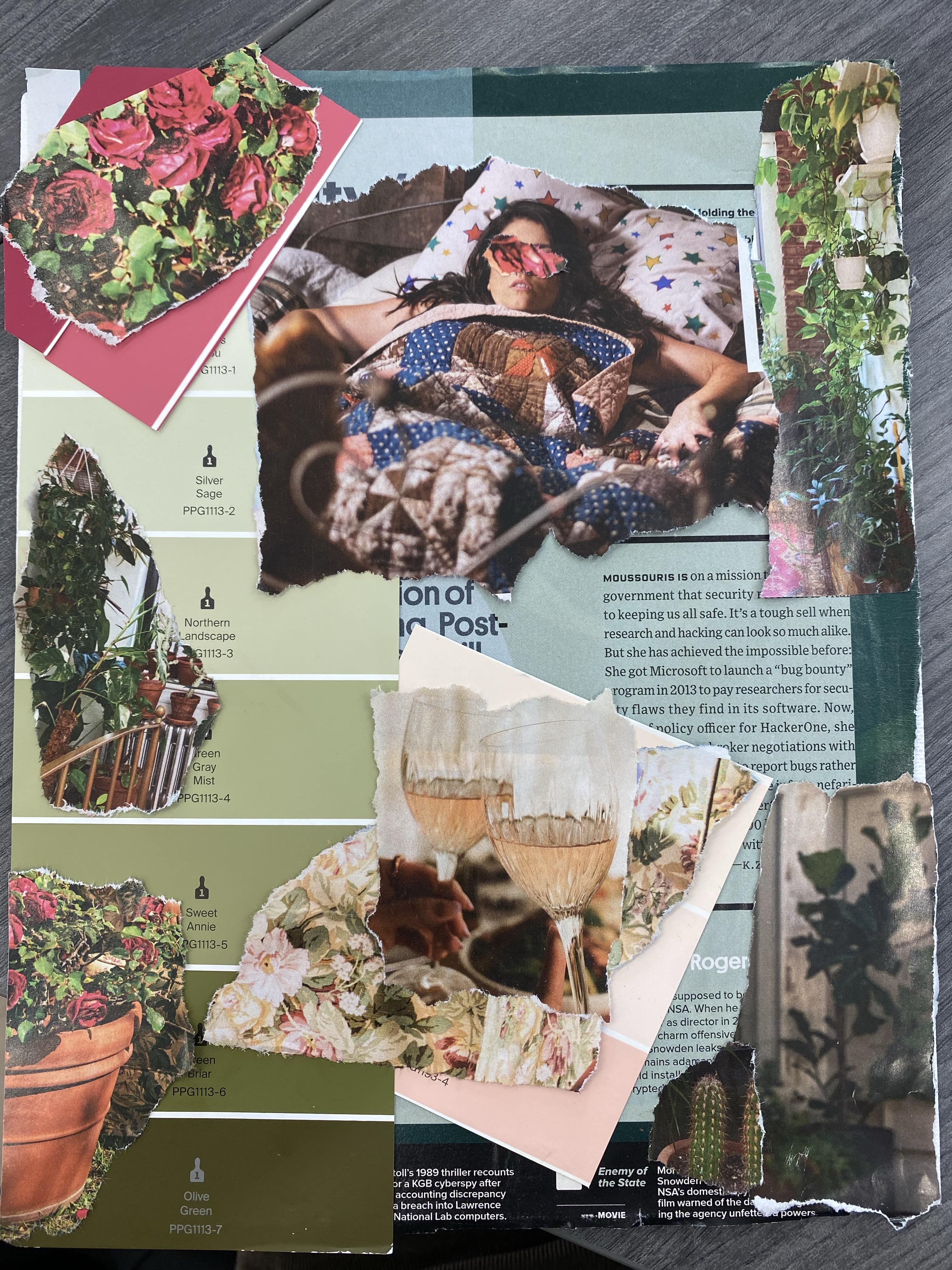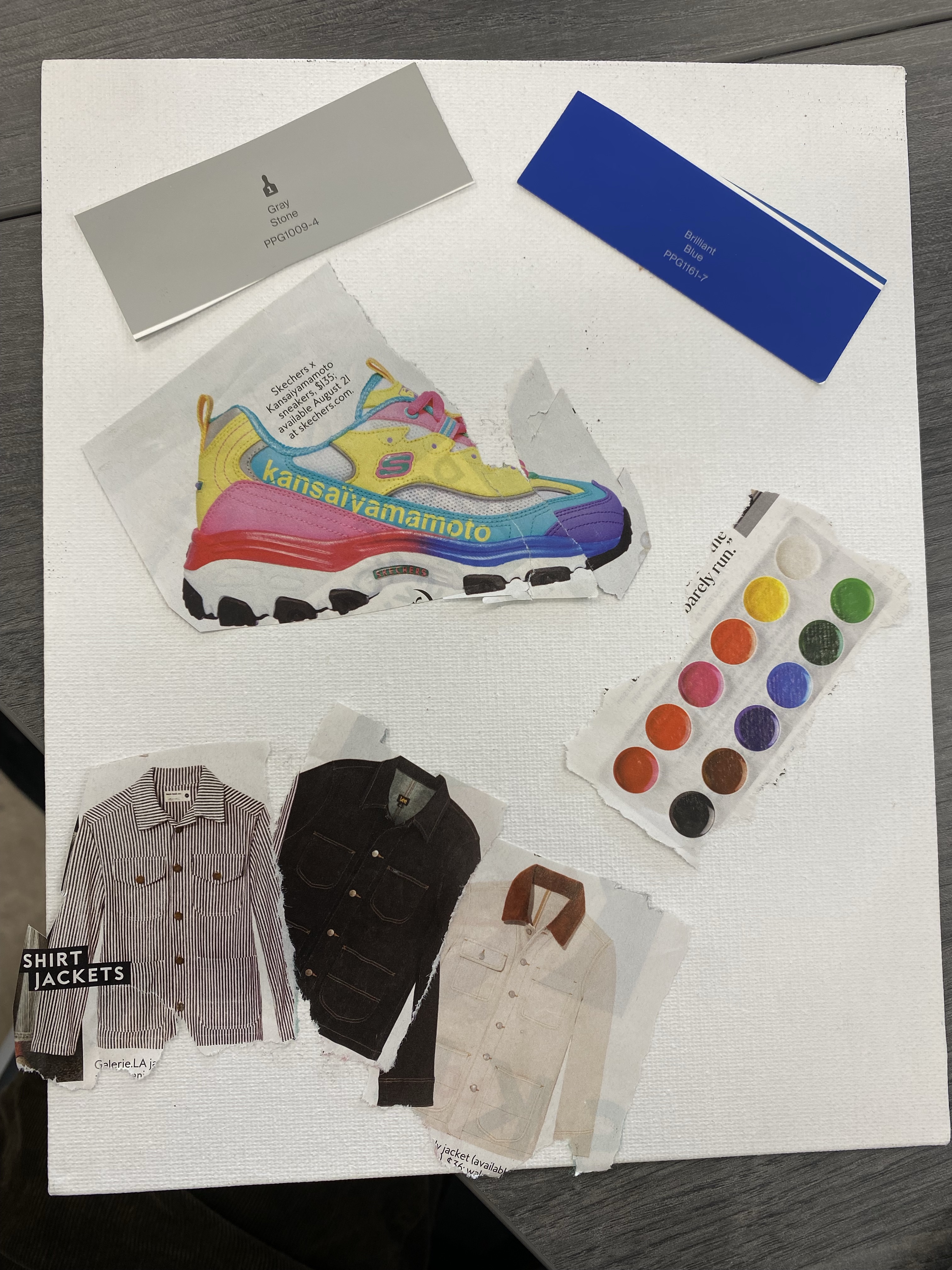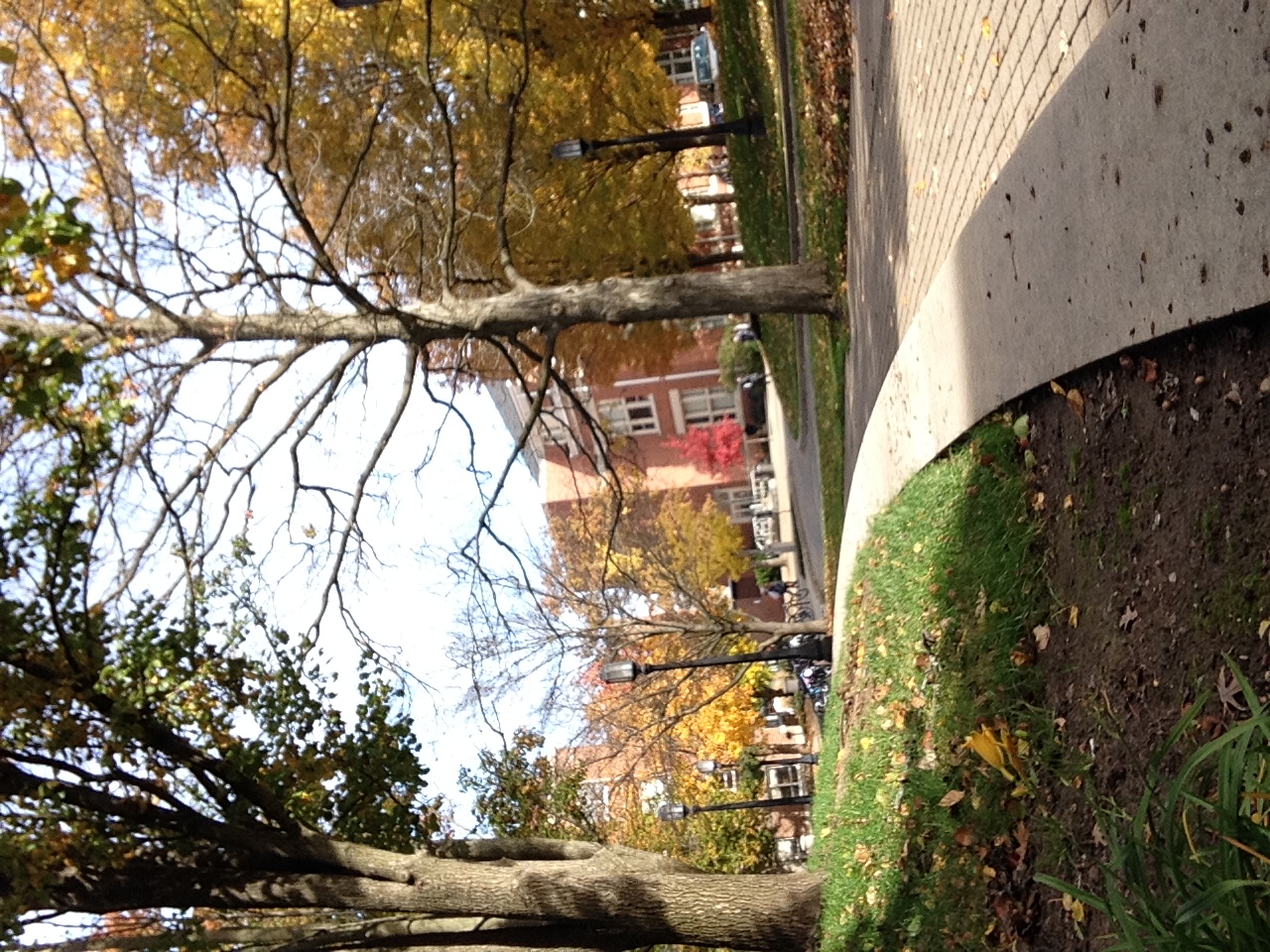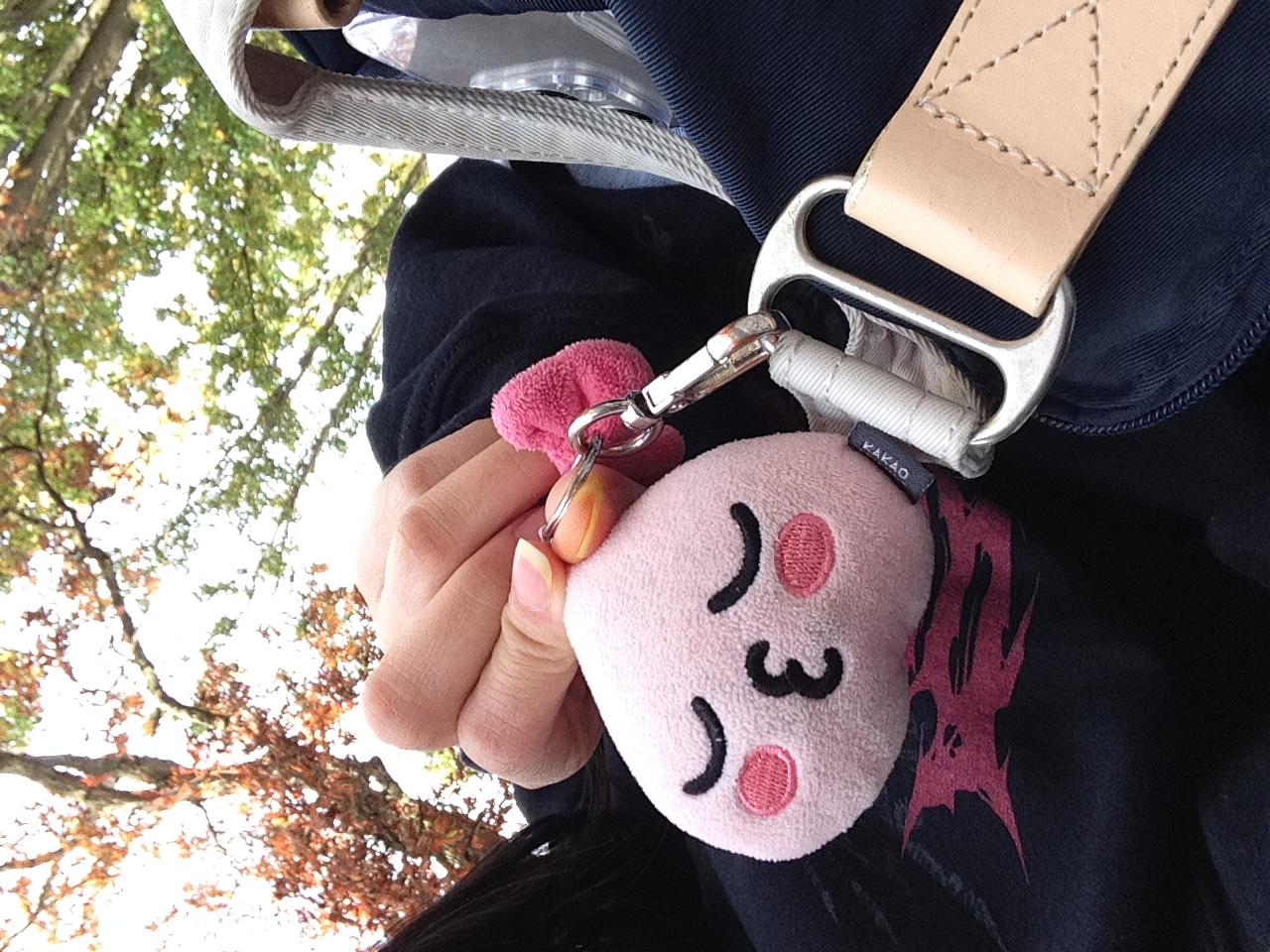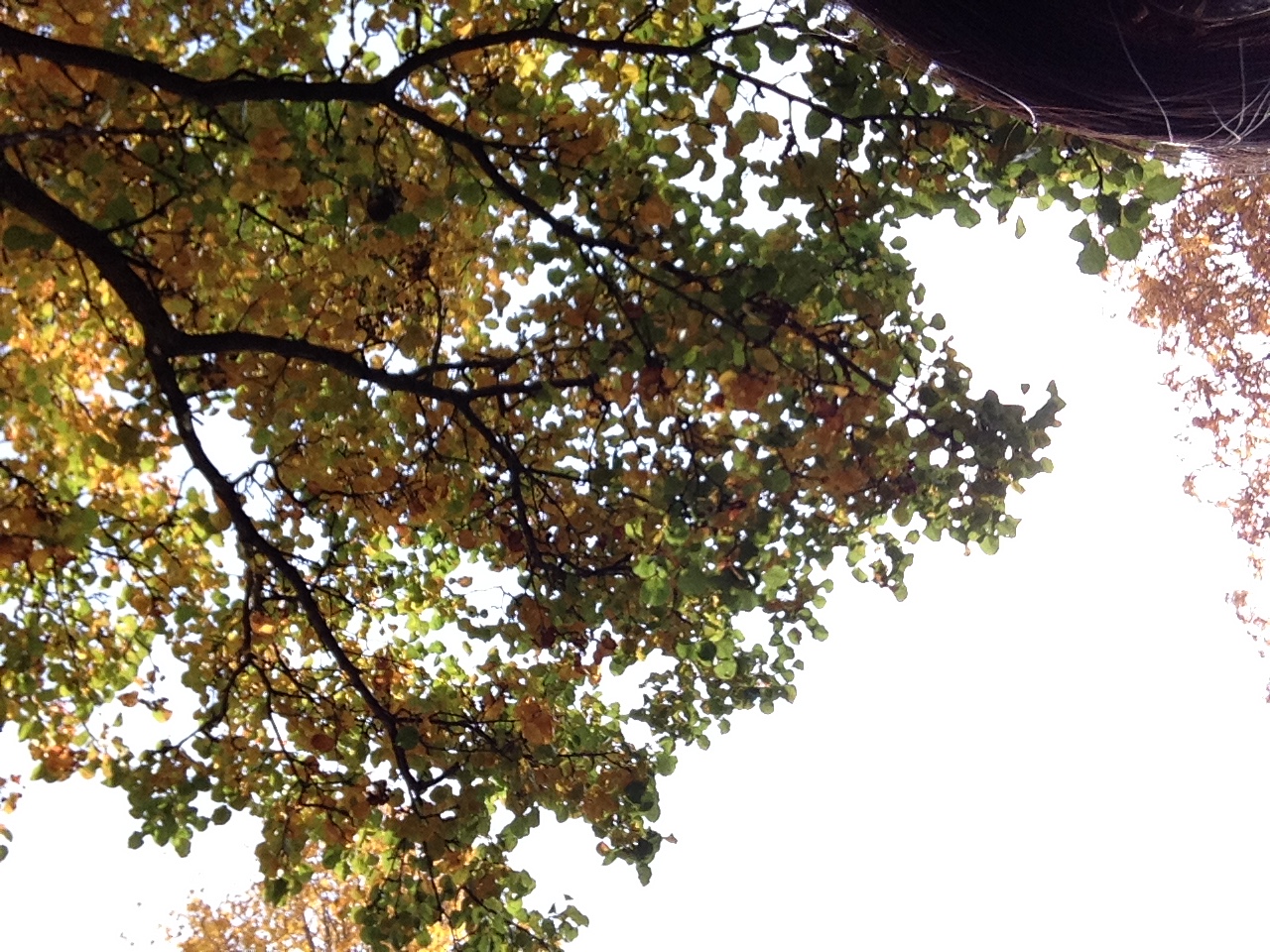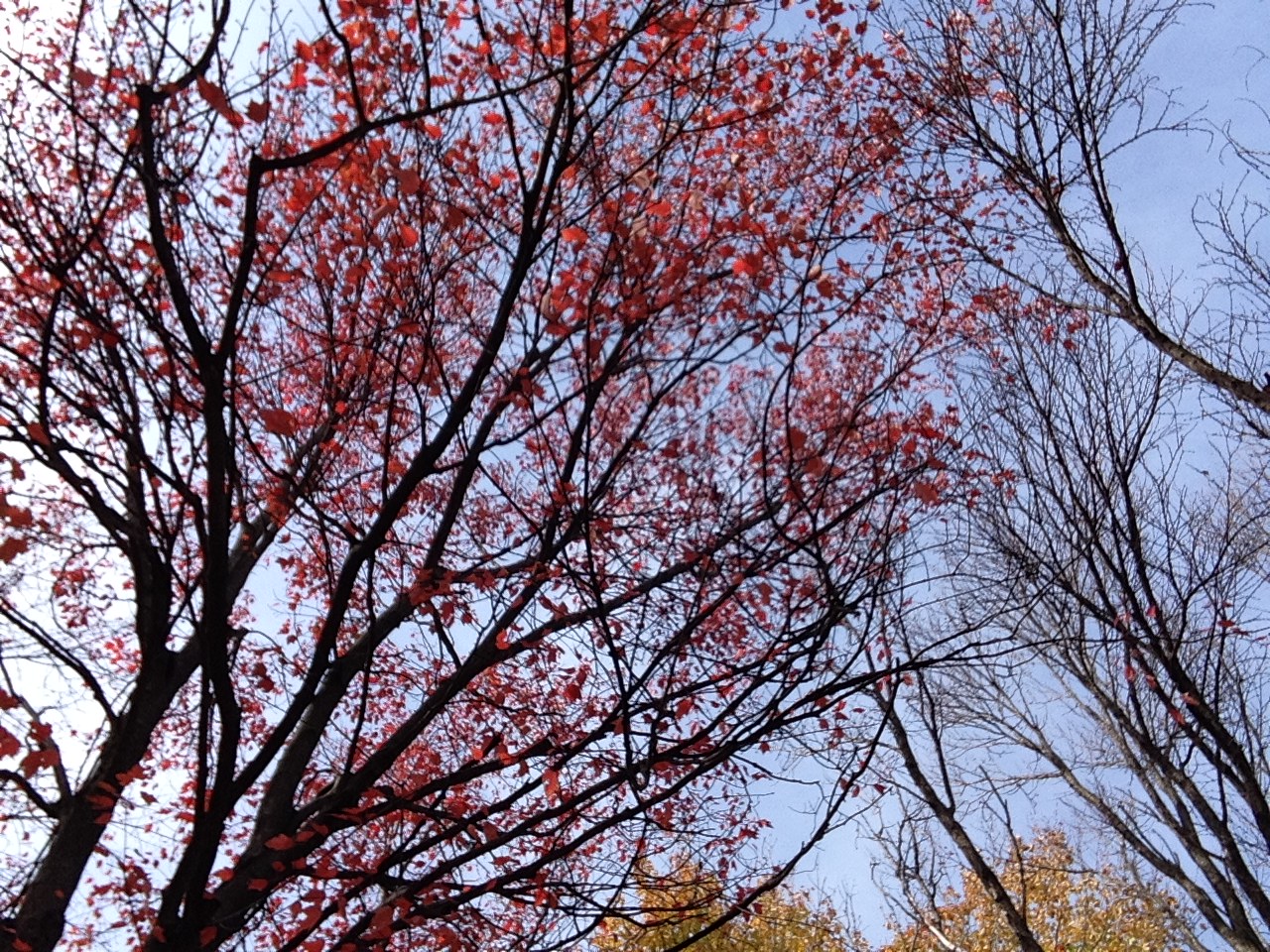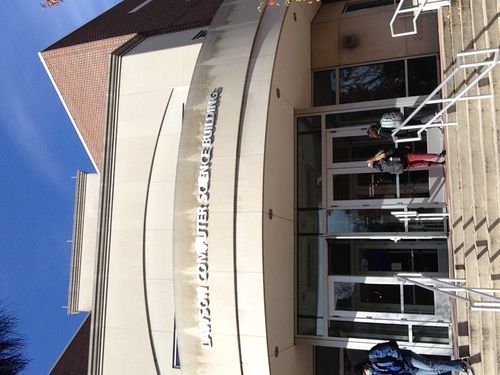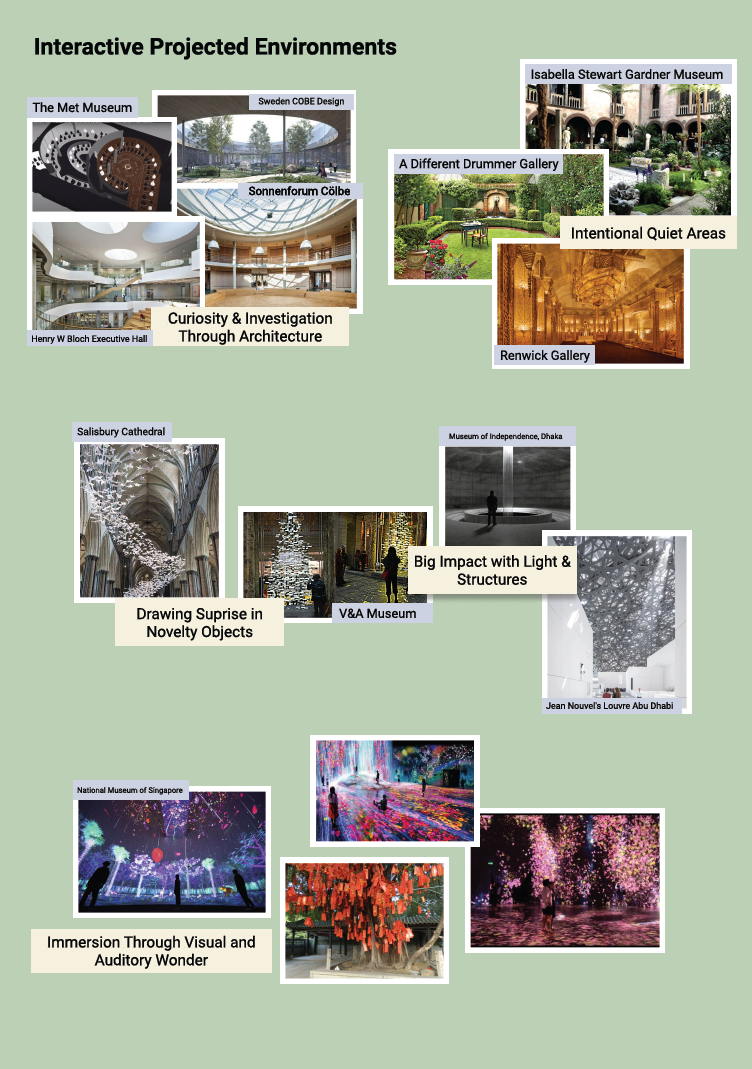Main Area

Two level open area with a sky projected onto the ceiling.
Contrast
The shift from the loud, busy, and dark subway system to the light and open dome covered in sky is a pretty jarring one to surprise and excite users, but more importantly make them feel like they’ve escaped their city lifestyle and entered a peaceful and serene atmosphere.
Open and Separated Design
The first floor serves as more of an educational one so that people get some context before moving to play with the interactive and immersive pieces on the bottom floor. However, the open design allows people to stay on the first floor for as long or as short as they like, and gives them easy access to the ground floor when they are ready to move on.



